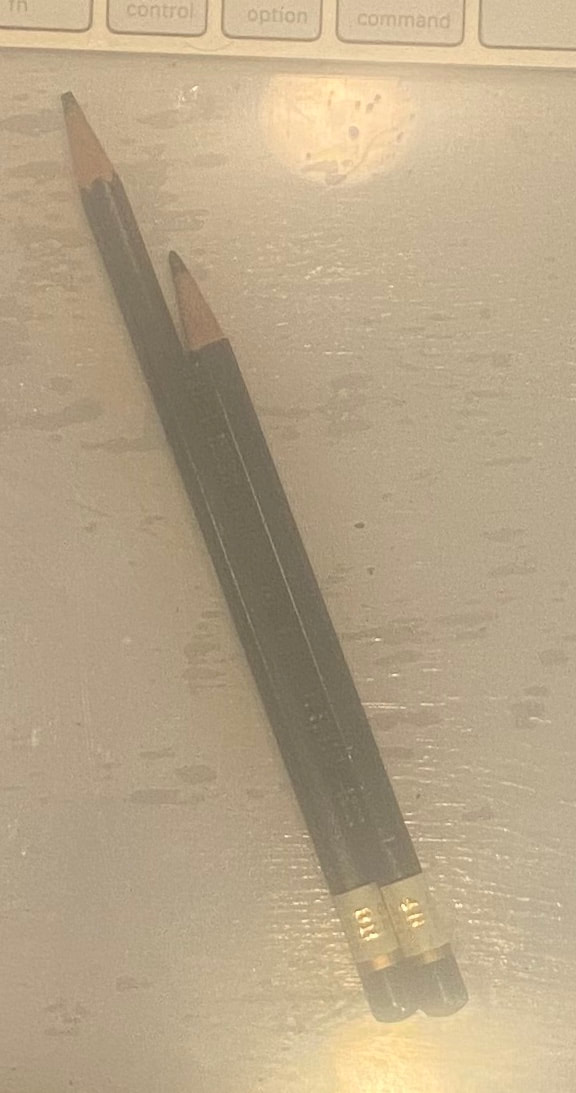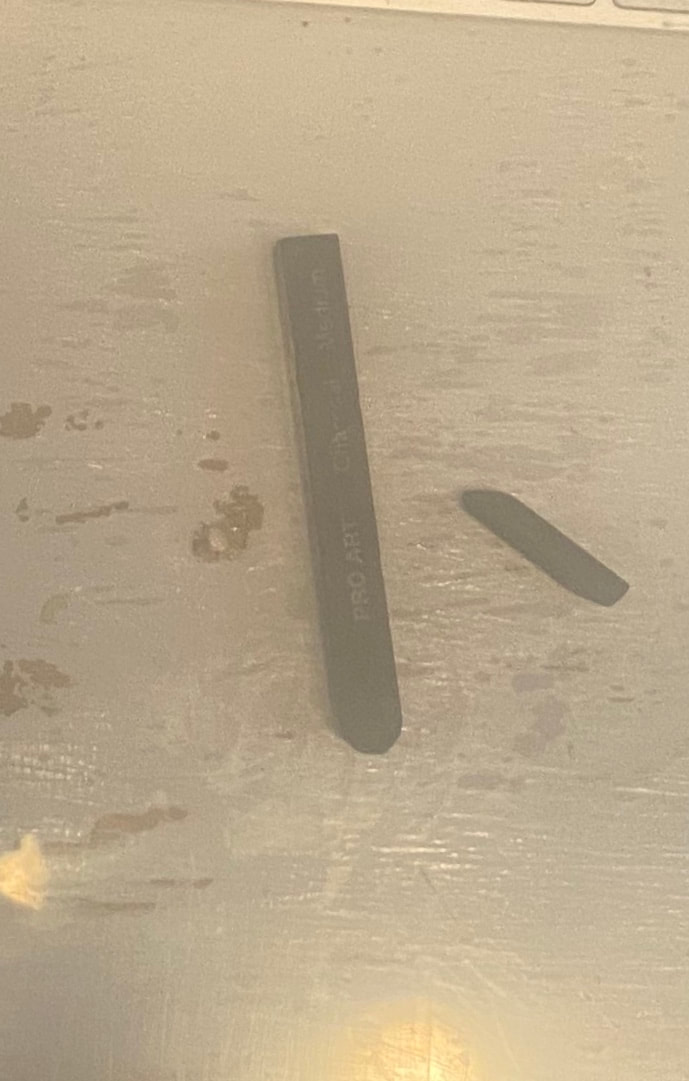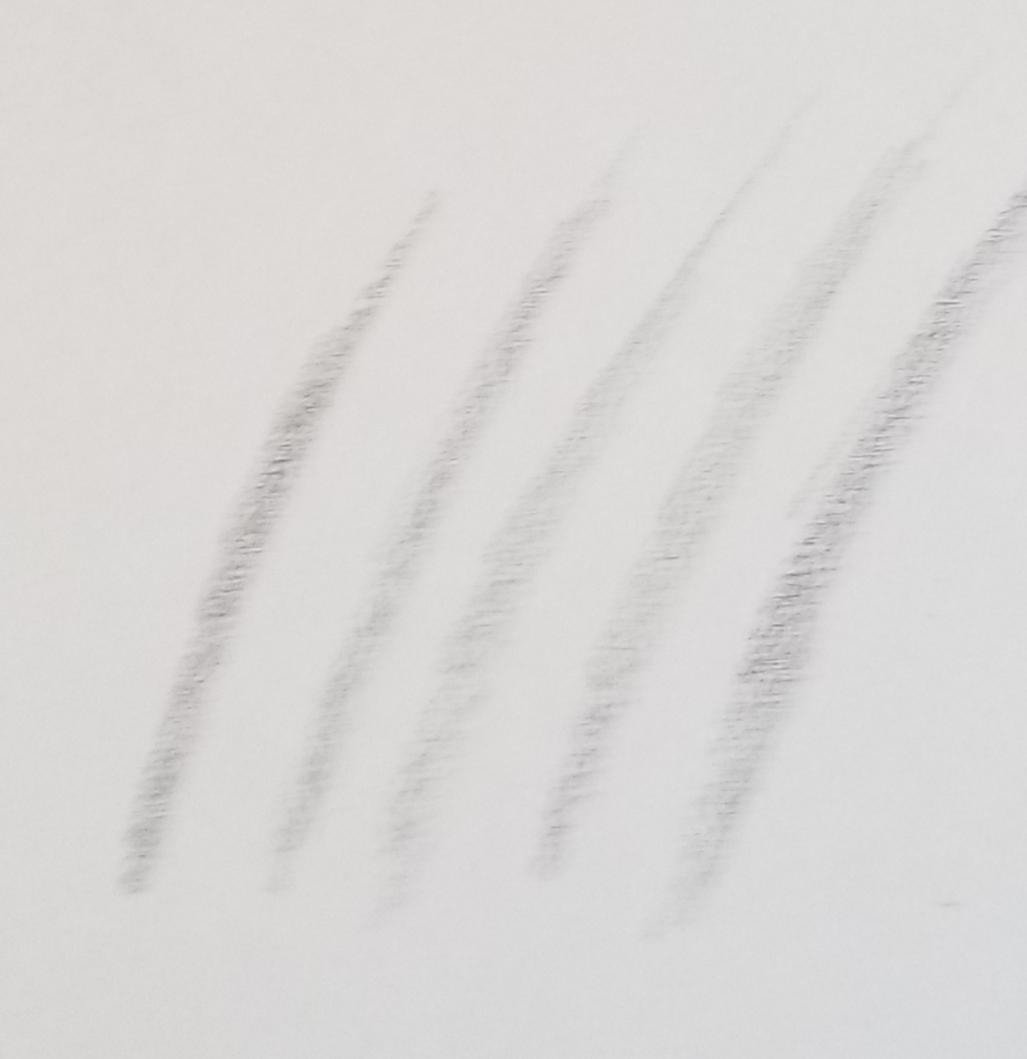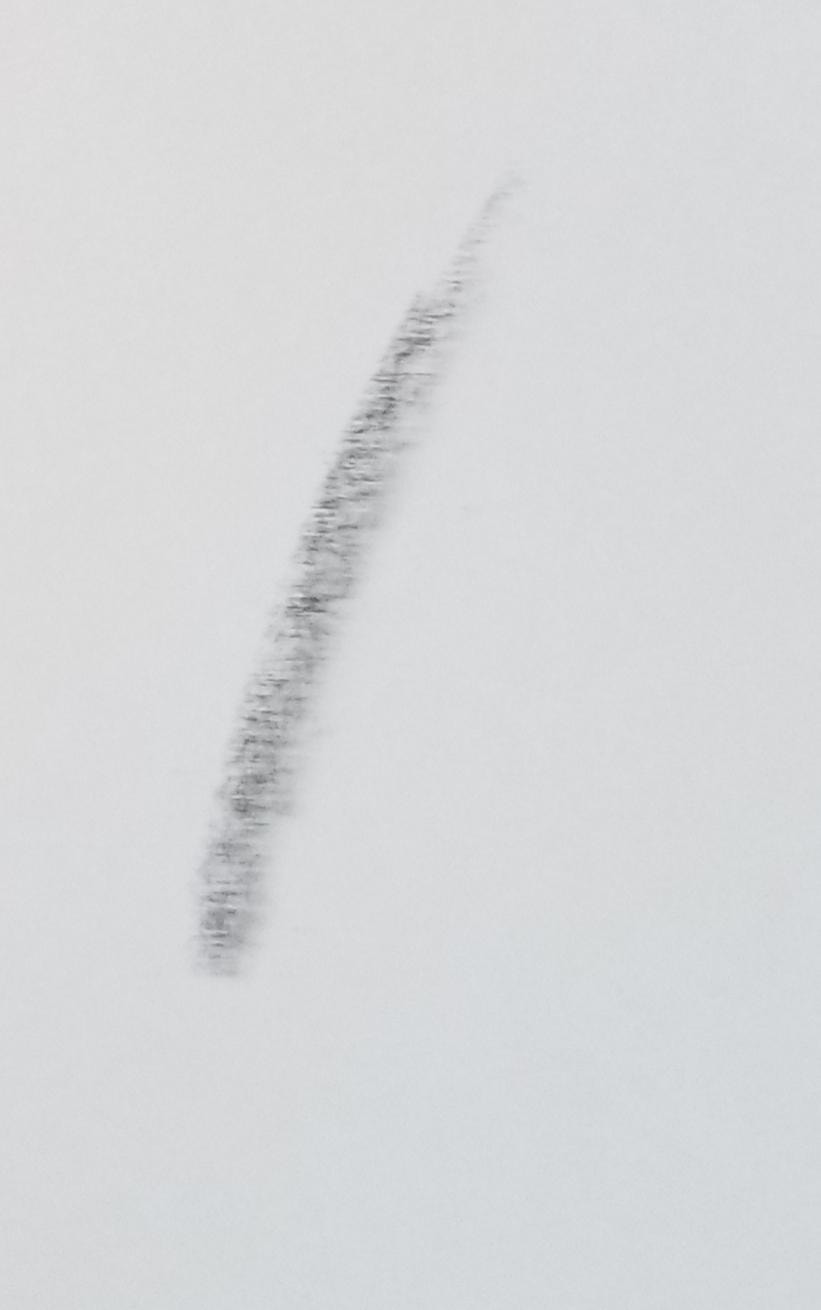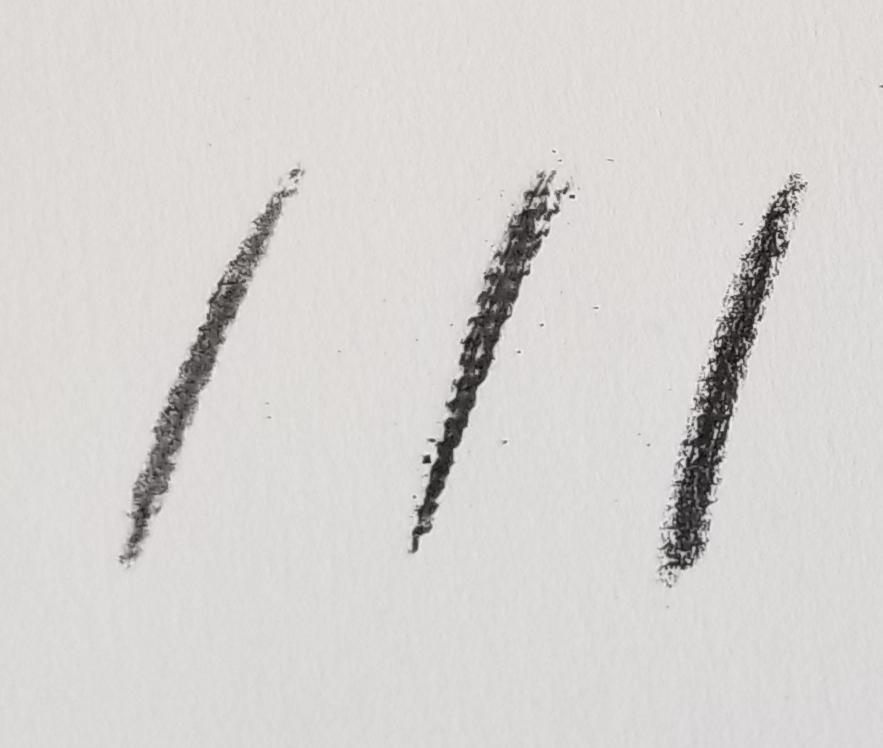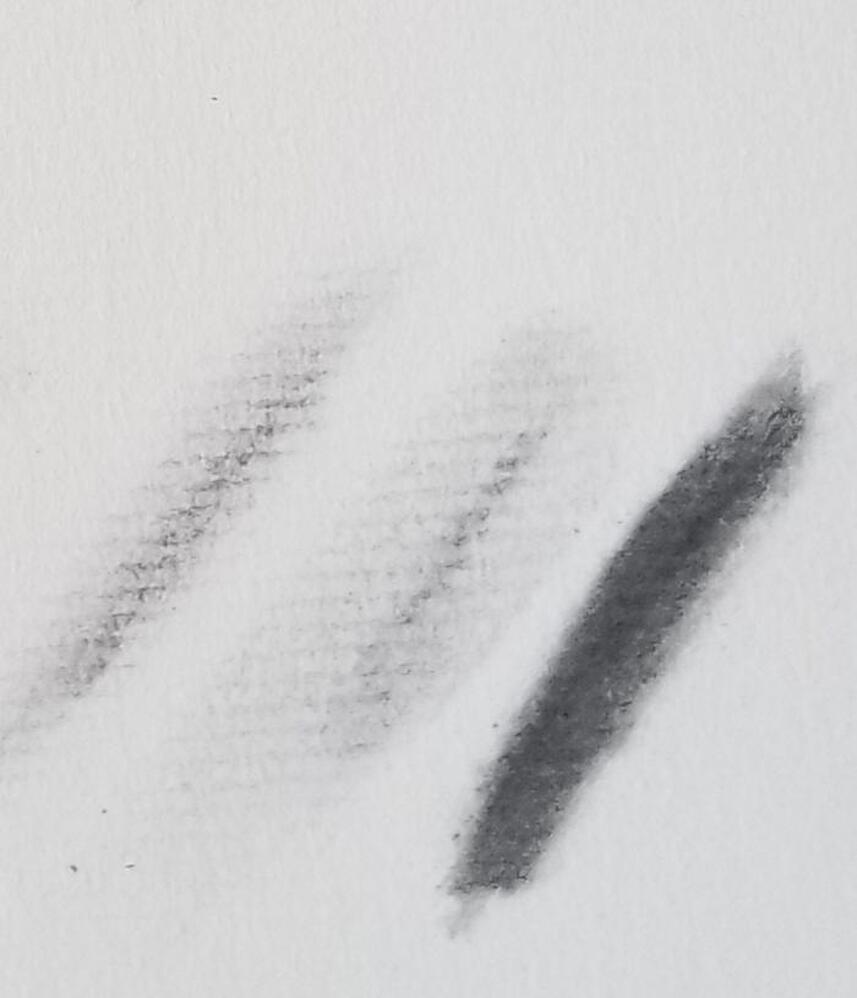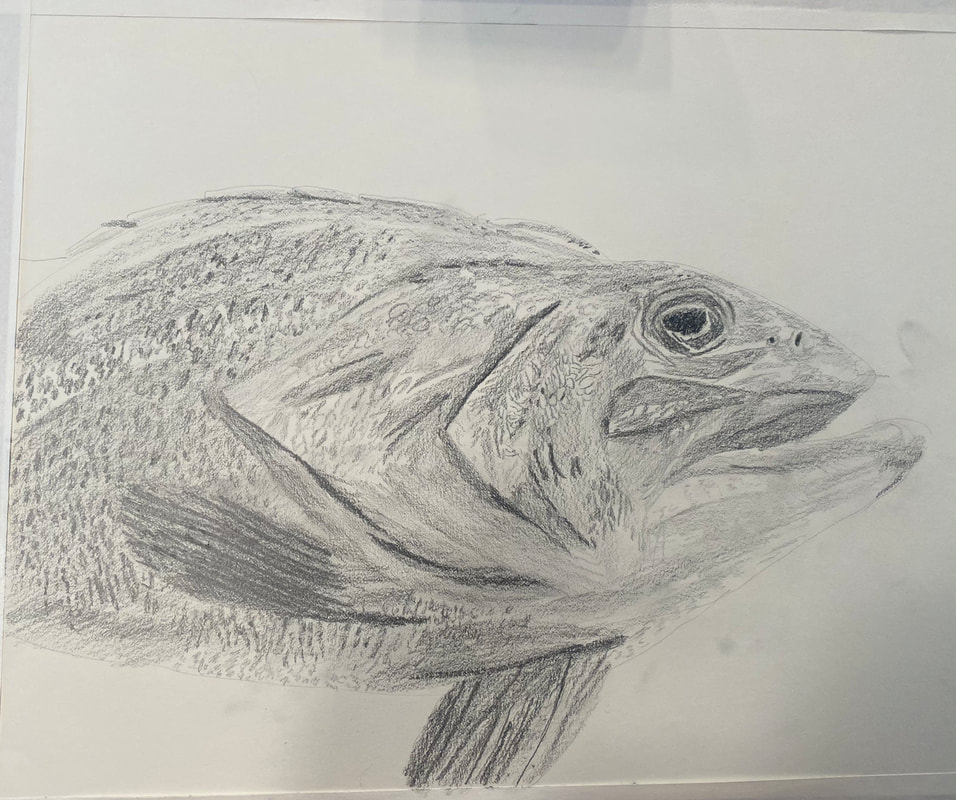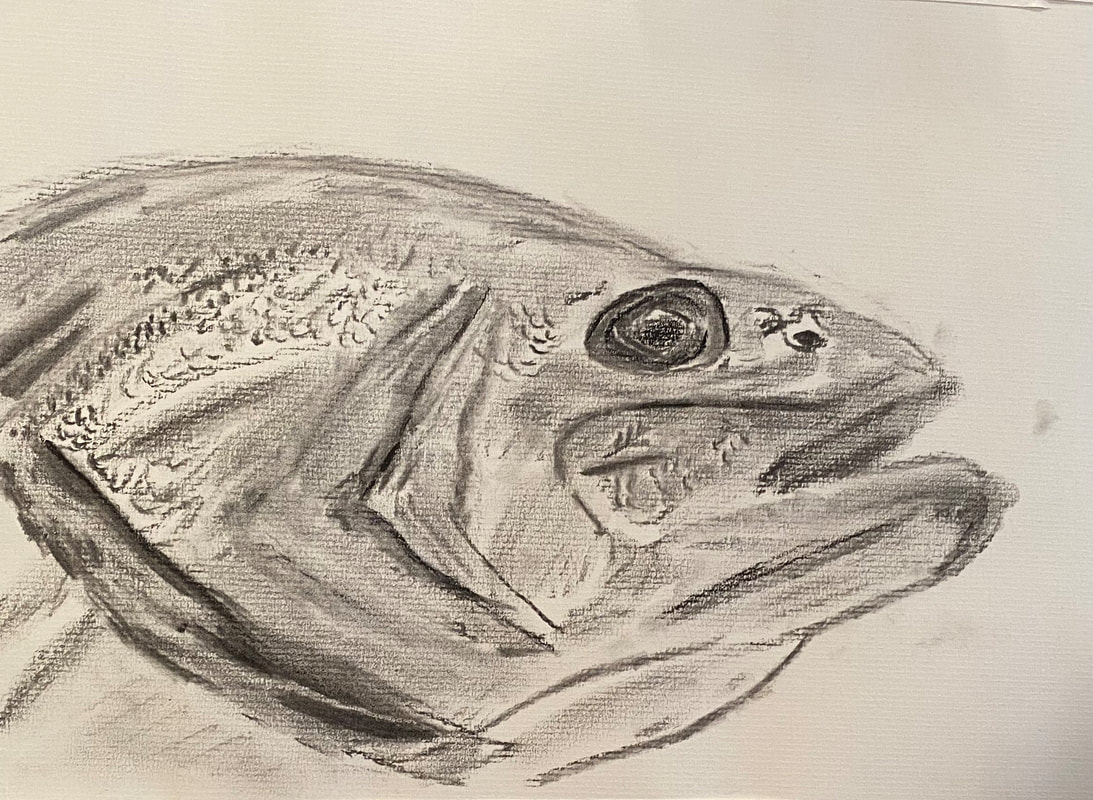|
Disclaimer: I have very little experience working in charcoal. I'm a graphite user by far, but I'm going to share the differences between working in charcoal vs graphite based on how I understand them. 1. The Form In Which I Use Each While I own, and occasionally use graphite sticks, the vast majority of the time, I just use graphite in plain old pencils. Graphite pencils come in a variety of hardnesses of the lead, so it's easy to get a versatile look with pencils alone in graphite. For me, on the other hand, charcoal pencils are difficult to control and I've never been able to get anything other than black(or white, in the case of white charcoal) lines with them. When it comes to charcoal, I feel like the best results come from charcoal sticks. These are much softer than the pencils. Break them and half and they're even softer. Most of the time, I would use vine or willow charcoal, which are very thin and delicate. For the darkest of darks, when I need something truly black, I would switch to compressed charcoal, which comes in a thicker stick. Willow charcoal can be very nice to work with and offers a tone that's darker than the vine charcoal, but not as dark as the compressed charcoal. Both graphite and charcoal also come in powdered form, but I've never used those, so I can't give an opinion on them. 2. Blending Tools Or No Blending Tools Blending tools can be used with graphite and can yield great results. However, graphite also seems to lay down just fine without using blending tools and can be made to look very smooth with the pencils alone. Charcoal, on the other hand, needs to be blended to push it into the paper. This can be done with a blending stump, or tortillon, a paper towel, and even, if you don't mind getting messy, your fingers. I found while working on a recent charcoal drawing that blending with my fingers created softer edges, lightened the charcoal and spread it out more and could make an overall hazy effect. When I wanted to keep the charcoal in one place, such as along an edge, and not lighten it a lot, I blended with the stump. Speaking of getting messy, I want to point out that working with charcoal in inherently less neat than working with graphite, because when you're holding a charcoal stick, your skin is directly touching the charcoal, as opposed to graphite, where you have either a wood or lacquer casing between you and the graphite. I do recommend getting used to blending with your fingers, though, if you're going to choose to work in charcoal. You can get some really neat effects blending this way that you can't get with a blending stump or tortillon. I especially love the look that blending with my fingers in circular motions can give. Paper For Charcoal and Graphite Charcoal and graphite also require different paper. Graphite can be used with regular drawing paper, but charcoal needs to be used with, well, charcoal paper. I tried using a bit of charcoal on regular drawing paper, and just from that little bit, I don't think you'd have a good time if you tried to do a charcoal drawing on normal drawing paper. Charcoal paper has more tooth to it, which takes the charcoal better. I got a lot of the charcoal techniques I shared with you from Skillshare. No this is not sponsored. We all know I'm not big enough to be sponsored, but I do highly recommend Skillshare and I'm going to put a link in this post in case you want to sign up. I'm going to recommend classes charcoal classes, which are the ones I took. Here are two drawings I did of a fish, one in graphite and the other in charcoal, so you can see the different looks that both give.
0 Comments
|
Sara MillettPainter of portraits and wildlife Archives
November 2023
Categories
All
|
